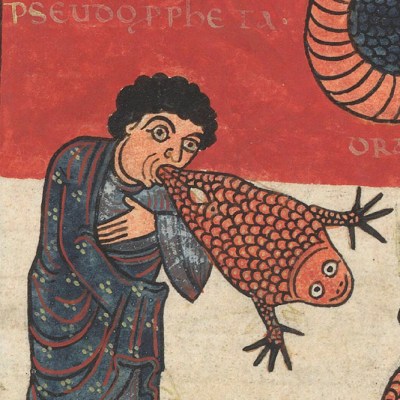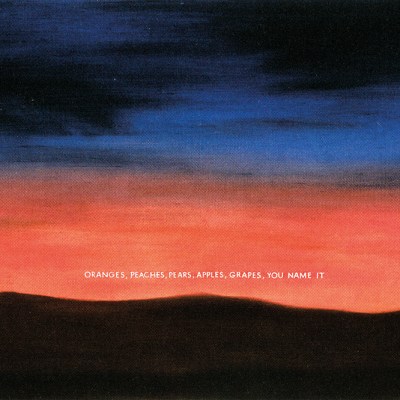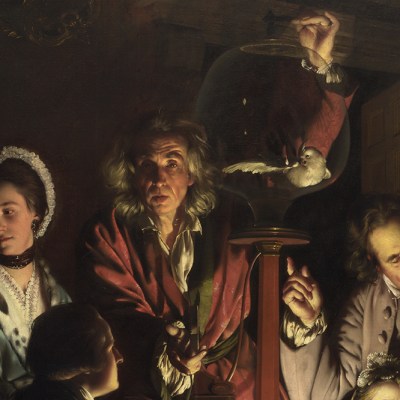Cleveland Museum of Art
Fata Morgana (c. 1572), Giambologna
Original works by the Mannerist sculptor Giambologna very rarely appear on the market. Marbles are especially hard to come by, since that material was reserved for prestigious ducal or public projects and his patrons, the Medici, seldom allowed him to accept commissions from elsewhere. Only three of his dozen or so known works in marble reside outside of Italy and one of these, Fata Morgana, which depicts a nude woman clutching a shell, has now been acquired by the Cleveland Museum of Art from a private collection. Commissioned in the early 1570s by Bernardo Vecchietti, a banker and an advisor to the Medici dukes Cosimo I and Francesco I, this work was originally an adornment to a grotto and fountain at Vecchietti’s Tuscan villa. It was the last remaining marble by Giambologna in private hands until Cleveland’s purchase, and it will go on display in a dedicated gallery there at the end of August.
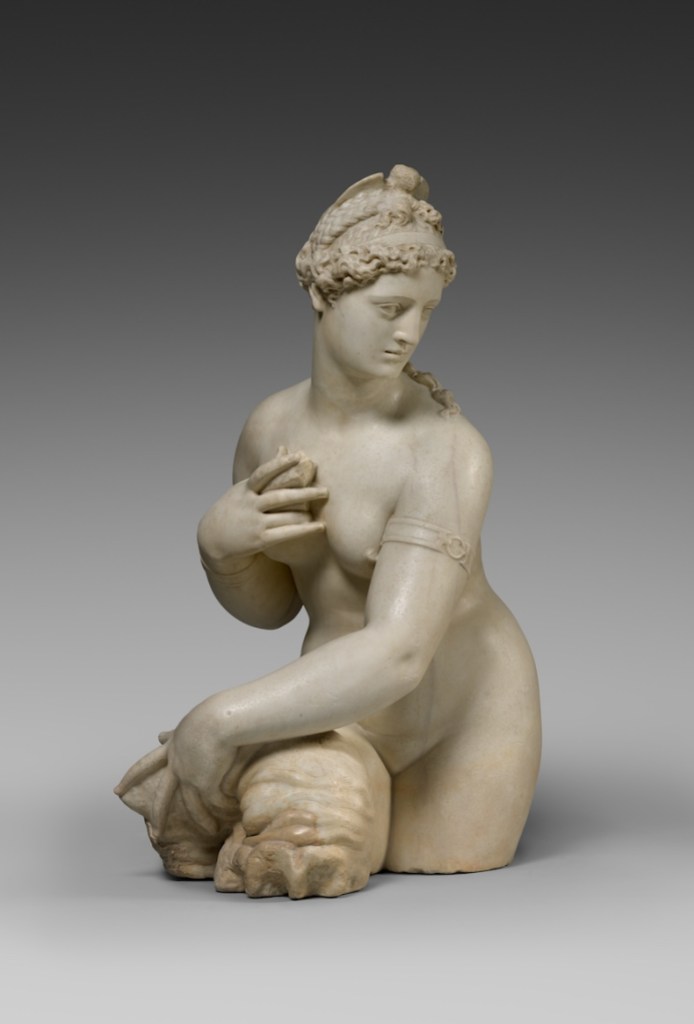
British Library, London
Five medieval manuscripts
Five rare medieval manuscripts from the collection of Longleat House have been bought by the British Library, thanks largely to grants from bodies including the National Heritage Memorial Fund and the Friends of the Nations’ Libraries. Perhaps the most significant of these paints a vivid picture of cultural and linguistic exchange: made in Ramsey Abbey, Cambridgeshire, in the mid 13th century – before the expulsion of Jews in 1290 – it contains a Hebrew-Latin-Middle French dictionary as well as a Hebrew psalter produced by Jewish scribes with later annotations by Christian monks. The other manuscripts are all from the 15th century: a compendium of historical narratives, medical diagrams and a campanological history of Bath; a manuscript made in or around Dublin containing devotional and visionary texts by Nicholas Bellewe in the Hiberno-English dialect; a collection of Middle English sermons; and a book of devotional passages compiled by the scribe Theodericus Werken, which includes several lavish illuminations.
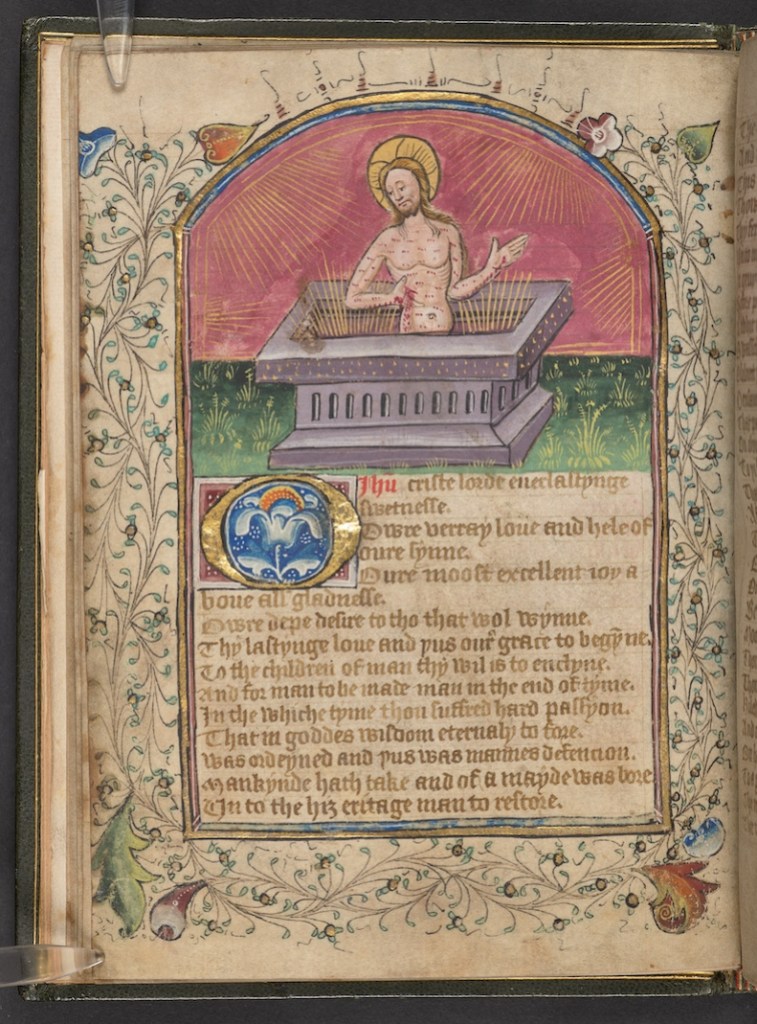
National Gallery of Art, Washington, D.C.
60 modern and contemporary works from the collection of Lenore and Bernard Greenberg
The NGA has received a gift of more than 60 modern and contemporary artworks – mostly works on paper – from the Los Angeles-based collectors Lenore and Bernard Greenberg. Highlights from the gift include two drawings by Philip Guston from 1953 and 1980; a preparatory sketch for Ed Ruscha’s famous painting OOF (1962–63); Bruce Nauman’s Dream Reaper (1983), which becomes the first drawing by the artist to enter the NGA’s collection; and other works on paper by Franz Kline, Susan Rothenberg, Cy Twombly and more, as well as photographs by John Baldessari and Roni Horn and a wire sculpture made by Alexander Calder in 1929. The couple have long been associated with the NGA and other cultural institutions, having served on the collectors committee and the trustees’ council. In 1989 Lenore’s mother Rita Schreiber bequeathed to the NGA a number of 20th-century paintings, sculptures and drawings, which she had collected with her husband Taft.

Rijksmuseum, Amsterdam/National Archives, The Hague
Swellengrebel family archive
The Rijksmuseum and the Dutch National Archives have jointly acquired the archive of the Swellengrebel family, which dates back to the 17th century. The most revealing part of the archive concerns Hendrik Swellengrebel the Elder and his son, Hendrik the Younger: the former was governor of the Dutch Cape Colony from 1739 to 1751 and left behind a wealth of written documents that provides a fascinating insight into the administration, while the latter embarked on extensive travels around Africa, keeping journals and commissioning paintings from Johannes Schumacher depicting the plants, animals and landscapes he saw on his journey. The rest of the archive includes journals written by other members of the family and documents detailing the various legal, charitable and medical activities of later generations of Swellengrebels. Both institutions are currently dedicating displays to the archive, while much of the collection has already been digitised and is available online.
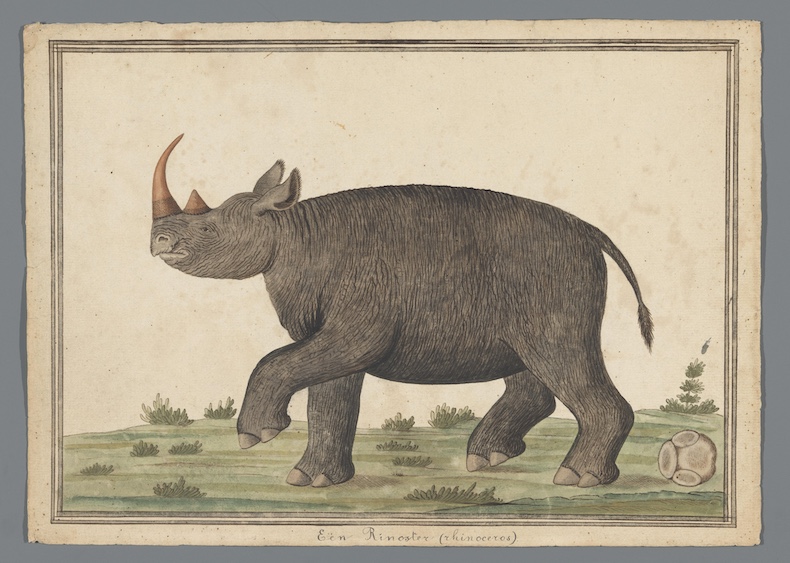
National Gallery of Canada, Ottawa
61 works from the collection of Bob Rennie
Over the last 13 years Bob Rennie – a businessman based in Vancouver and chair of the collectors committee of the National Gallery of Art in Washington, D.C. – has donated more than 260 artworks to the National Gallery of Canada. His latest gift – the largest in the NGC’s history – comprises 61 works of contemporary art, worth CAD$22.8m, the star pieces of which are 40 works by the Vancouver School artist Rodney Graham; several works by the British-Palestinian artist Mona Hatoum, of which Rennie is a major collector; and Yinka Shonibare’s The American Library (2018), a room-sized installation, created in response to Donald Trump’s first presidency, made up of 6,000 books bearing the names of immigrants to the United States.

Derby Museum and Art Gallery
Edward Miller (c. 1760), Joseph Wright of Derby
In 2024 a portrait was discovered by Joy Hall, who was clearing out the home of a recently deceased relative in the Scottish Borders. The skill and detail evident in the painting and the resemblance to a self-portrait by Joseph Wright of Derby, as well as the signature ‘Wright’ on the reverse, led Hall to suspect that the work was a significant one. After contacting Derby Museums – home to many of Wright’s paintings – the portrait was authenticated as a previously unknown work by Wright, and its sitter was identified as Dr Edward Miller, a prominent composer and a friend of the artist – as well as a direct antecedent of Hall’s husband. Miller is depicted in elaborate dress, which, according to a note affixed to the back of the painting, was based on a Spanish nobleman’s costume and was worn by Miller to attend the 21st birthday of his friend and future prime minister the Marquess of Rockingham. The portrait, painted early in Wright’s career, has now been unveiled at Derby Museum and Art Gallery.
